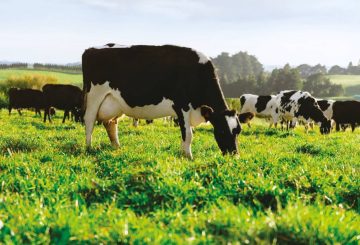Nhà khoa học cao cấp Scion Tiến sĩ Grace Villamor là một trong 34 gương mặt mới tại Te Pūnaha Matatini, gia nhập tổ chức với tư cách là một điều tra viên chính trong ba năm tới.
Te Pūnaha Matatini là Trung tâm Nghiên cứu Xuất sắc của Aotearoa New Zealand (CORE) cho các hệ thống phức tạp tập hợp một cộng đồng các nhà nghiên cứu từ các tổ chức đại học, viện chính phủ, khu vực tư nhân, và cộng đồng marae để giải quyết một số vấn đề phức tạp và quan trọng nhất của đất nước chúng ta.
Hơn 60 ứng dụng cho các nhà điều tra mới đã được xem xét bởi ban đánh giá điều tra viên.
Villamor sẽ tham gia gần 100 nhà điều tra chính khác phát triển các phương pháp tiếp cận cho phép đưa ra quyết định tốt hơn về môi trường, kinh tế và xã hội của New Zealand.
Biến đổi khí hậu được coi là một trong những thách thức quan trọng nhất ảnh hưởng đến New Zealand và thế giới. Để đảm bảo các cộng đồng có thông tin và hỗ trợ họ cần để chuẩn bị cho các tác động của biến đổi khí hậu, Bộ trưởng Bộ Biến đổi Khí hậu James Shaw đã công bố Kế hoạch thích ứng Quốc gia (NAP) đầu tiên của New Zealand vào tháng 8 năm ngoái.
Tiến sĩ Villamor cho biết NAP nêu bật cách New Zealand có thể thích ứng với biến đổi khí hậu, nhưng cần nhiều công việc hơn.
Là một điều tra viên chính, cô đang tham gia vào các chương trình nghiên cứu, các cuộc họp, và hội thảo của Te Pūnaha Matatini – đặc biệt tập trung vào sở thích nghiên cứu của mình.
Trong công bố các nhà điều tra chính mới, Giám đốc Phó Giáo sư Cilla Wehi nói rằng thế giới của Te Pūnaha Matatini đang mở ra.
Tín dụng: sunlive.co. nz

















































-660x440.jpg)












